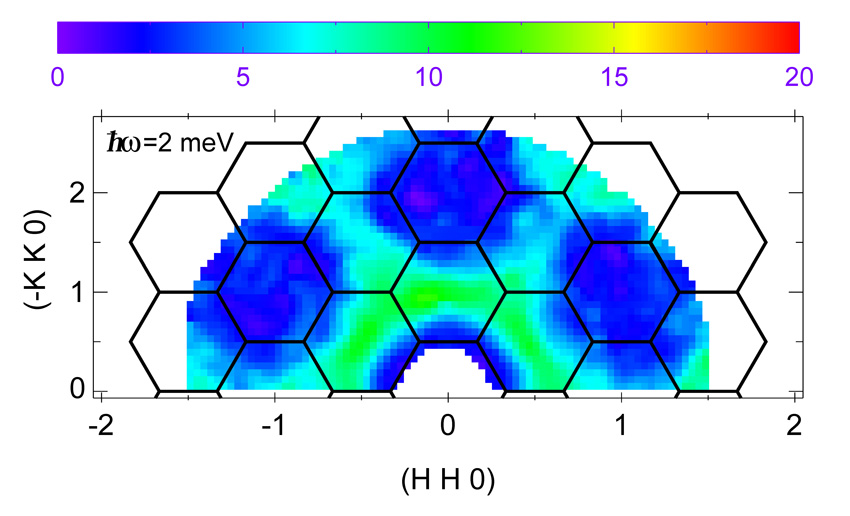
Mapping Subsurface CO2 Migration
New computational technique creates high resolution maps of subsurface CO2 after geologic sequestration.

New computational technique creates high resolution maps of subsurface CO2 after geologic sequestration.

New porous, electrically conductive materials have potential uses in fuel cells, batteries, and solar photovoltaics.

This observation paves the way for a deeper understanding of high-temperature superconductivity and future applications for quantum computing.

A simple, robust catalyst is capable of both water oxidation and carbon dioxide splitting, two difficult yet key reactions for solar energy conversion.

Discovering how polymer organization on the molecular level affects electric charge movement in organic solar cells.

The reversed field pinch’s helical state reveals nonlinear physics of plasma self-organization.

Studies of different fusion reactions have shown unexpected plasma behavior in inertial fusion implosions.

Thomas Jefferson Laboratory lends expertise in cryogenics developments.

Discovery could provide a deeper understanding of the dynamics of the three quarks enslaved inside the nucleon.

Precision analytical techniques developed for fundamental experiments in nuclear physics now enable routine measurements of ultra-low concentrations of Krypton radioisotopes in samples of water, ice, and gas.

Simulating the evolution of the universe on the Argonne Leadership Computing Facility’s IBM Blue Gene/Q.

Researchers use Oak Ridge Leadership Computing Facility to accelerate drug discovery.